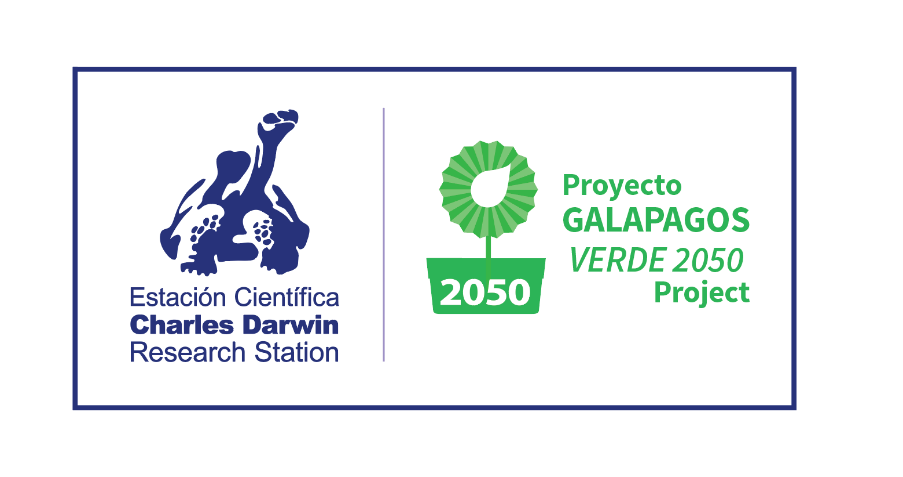Author: Luka Negoita
Only having been settled by humans since early 20th century, the Galapagos Islands harbor some of the most intact natural communities in the world. However, these islands have nonetheless faced impacts from human development and introduced species which now threaten the integrity of these ecosystems.
The Charles Darwin Foundation (CDF) is dedicated to studying the ecosystems of the Galapagos to ensure we can do everything in our power to reverse any damage and protect what is still pristine. In the infographic below, the work of CDF’s Galapagos Verde 2050 (GV2050) project is presented as an example of what is being done to learn about and help continue preserving one of the most iconic and pristine archipelagos in the world.

GV2050’s work extends across seven islands in the archipelago and fosters a program dedicated to the restoration of the endemic Opuntia tree cactus species which the giant tortoises of these islands rely on as their primary food source. To learn more about GV2050’s work see our other blog posts about our work on Baltra island and work on restoring an endangered species, as well as our recent scientific publication about our work with Opuntias here.
All of this work could not have been done without the generous support of our donors, including the COmON Foundation, the BESS Forest Club, Green Fund of Japan, the Leona M. and Harry B. Helmsley Charitable Trust, and of course from the close collaboration and support provided by the Galapagos National Park Directorate and by the Galapagos Conservancy through their project, the Giant Tortoise Restoration Initiative (GTRI).





